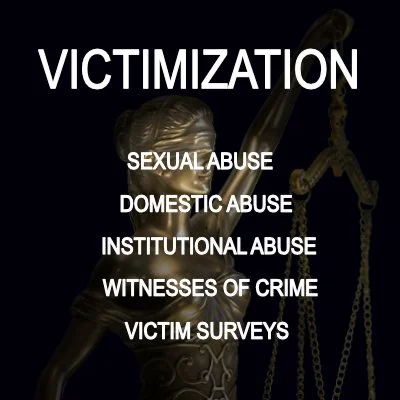Strategy to Combat Human Trafficking, the Importation of Goods Produced with Forced Labor, and Child Sexual Exploitation
By The U.S. Department of Homeland Security
The prevalence of human trafficking, forced labor, and child sexual exploitation throughout the world is an urgent humanitarian issue with direct and far-reaching consequences on the United States. Within the United States, human trafficking and child sexual exploitation are grossly prevalent and affect diverse communities. These crimes threaten our physical and virtual borders, our immigration and customs systems, our prosperity, our national security, and are a direct attack on Americans’ personal safety and our country’s public safety. Accordingly, the United States has declared it a national priority to end human trafficking, the importation of goods produced with forced labor, and child sexual exploitation. The U.S. Department of Homeland Security is on the frontlines of this fight, protecting the country and collaborating with our partners to stop these crimes. To leverage all of our authorities in this fight, DHS developed a first-of-its-kind Strategy to Combat Human Trafficking, the Importation of Goods Produced with Forced Labor, and Child Sexual Exploitation. It represents our vision to end this urgent humanitarian issue, articulates the Department’s long-term approach for combating these crimes, and serves as a framework to prioritize our resources and monitor progress. The strategy outlines five key goals: ONE—Prevention. Reduce the threat by providing information and resources to specific vulnerable populations, schools, and community groups. TWO—Protection. Disrupt illicit activity by identifying and assisting victims toward stability and recovery. THREE—Prosecution. Leverage DHS law enforcement and national security authorities to investigate, take enforcement action, and refer cases for prosecution. FOUR—Partnership. Build strong partnerships throughout the homeland security enterprise as force multipliers across the Nation. FIVE—Enabling DHS. Harmonize and organize DHS programs to allow for maximum efficiency and effectiveness in addressing these threats. Across these five goals there are nine objectives, each with a series of Priority Actions, which will guide the Department in its efforts to combat human trafficking, the importation of goods produced with forced labor, and child sexual exploitation. When implemented, this strategy will strengthen public safety and the security of the border, travel, immigration, and customs systems. It will also assist communities in becoming more resilient against these scourges. DHS is committed to keep fighting against this evil. In collaboration with our homeland security enterprise partners, we will bring trafficking and exploitation to an end and protect communities from further exploitation.
Washington, DC: DHS, 2020. 56p.


